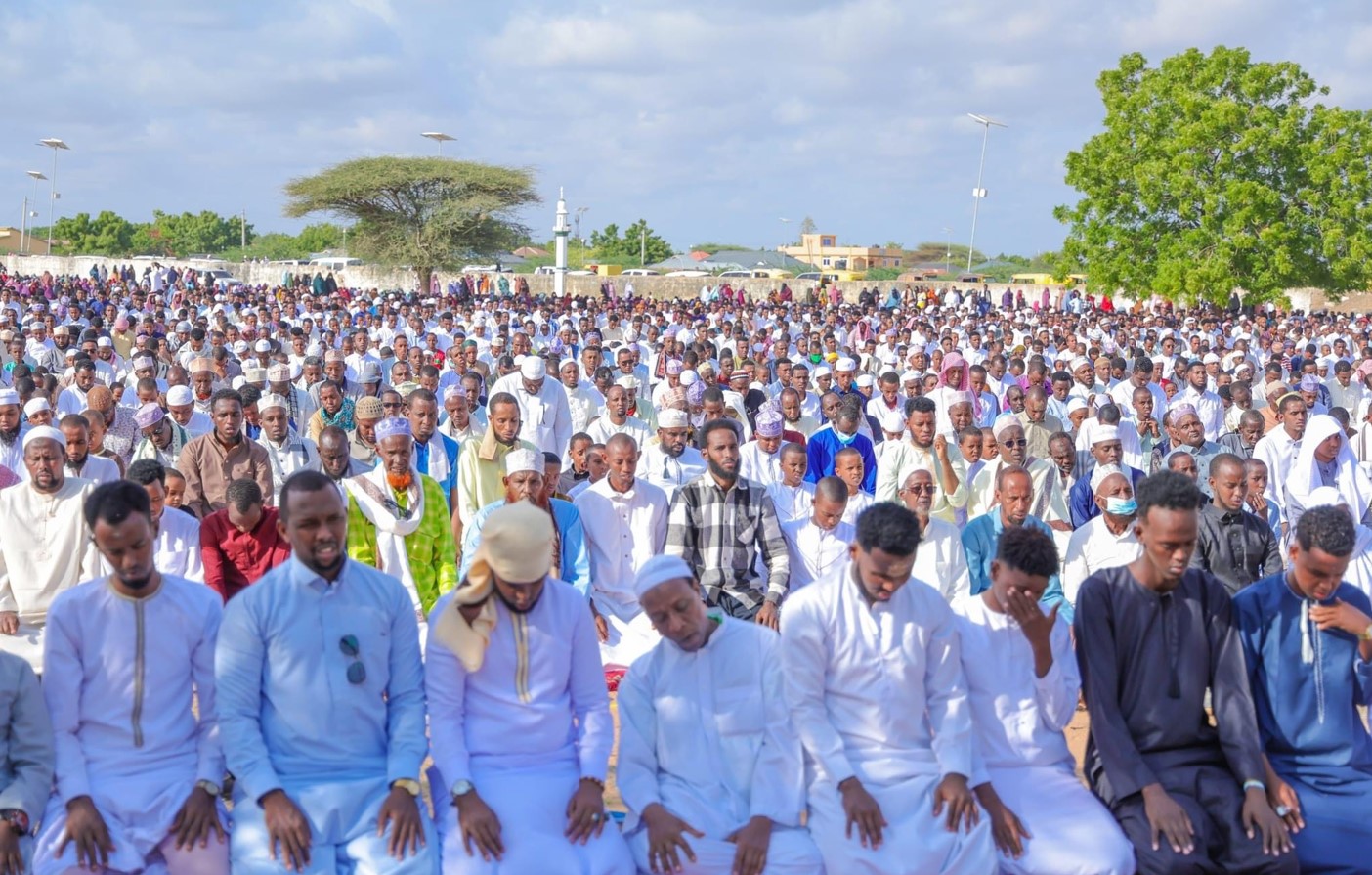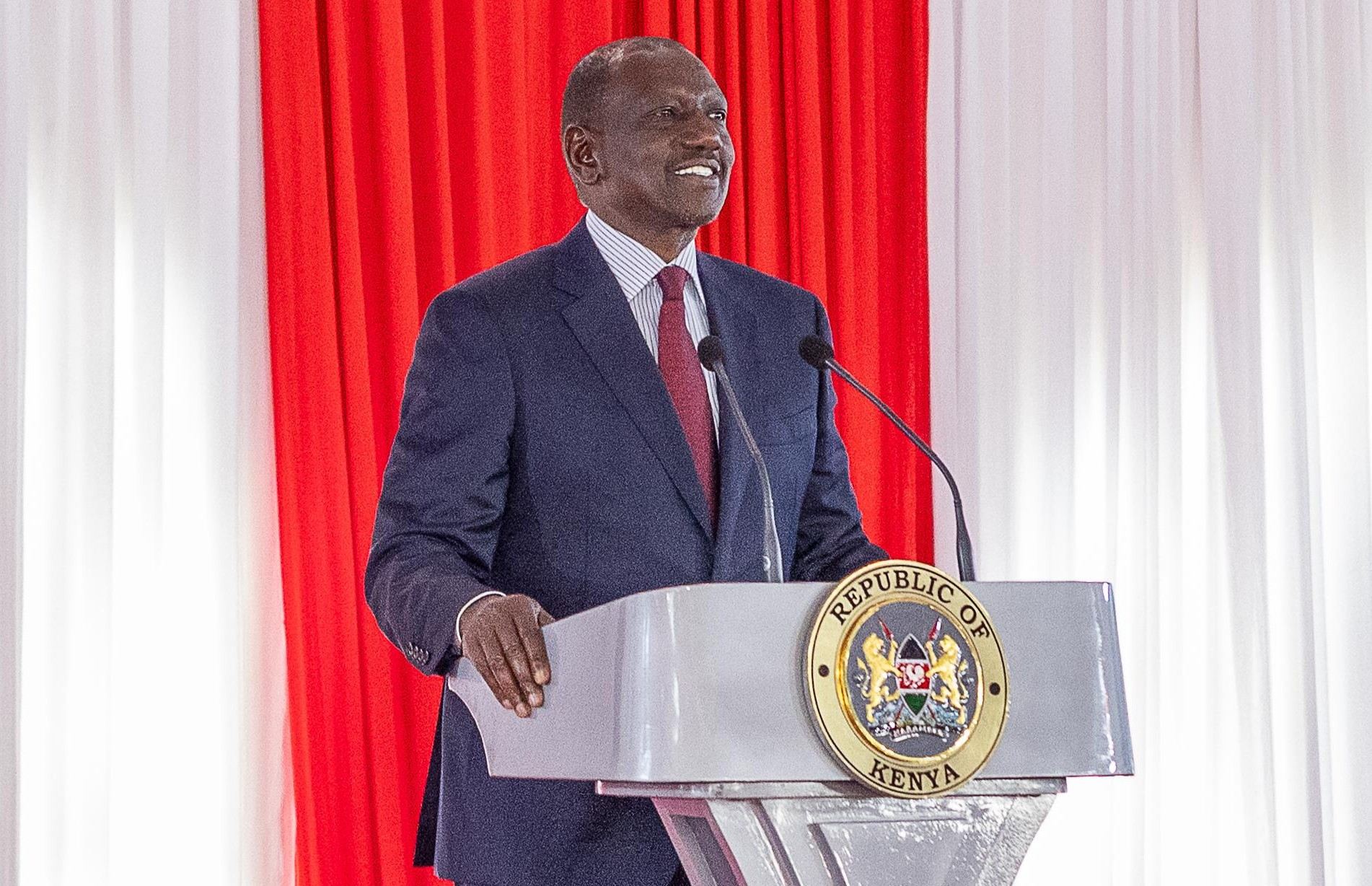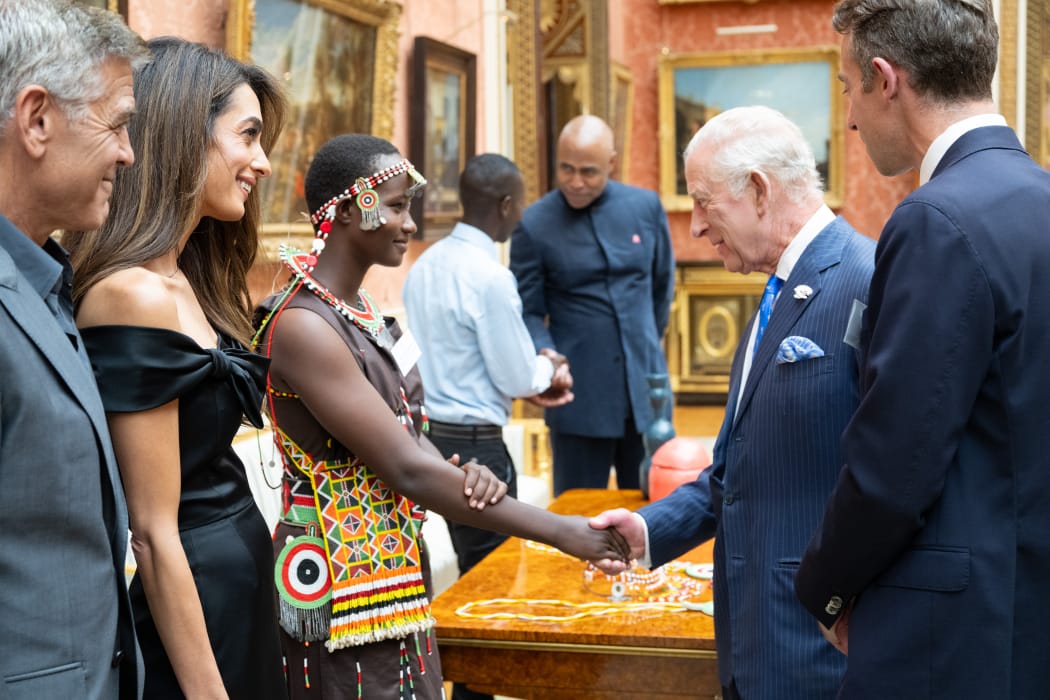Eid-ul-Fitr and Eid-ul-Adha: The two major Muslim holidays and what they mean

“Eid-ul-Fitr is observed on one day, right after Ramadan, while Eid-ul-Adha is marked over a few days following an optional 10-day fasting period. Animals such as goats or sheep are sacrificed and feasted upon for up to three days,” Hassan added.
Eid-ul-Fitr and Eid-ul-Adha are the two most significant Islamic holidays, celebrated annually by Muslims worldwide, including in Kenya. While both are joyous occasions, they differ in their religious significance and observance.
As Kenyan Muslims prepare to join others across the globe in marking Eid-ul-Adha this Friday, it has become increasingly clear that many non-Muslims struggle to distinguish between the two festivals. Those who can typically identify that one follows a month of fasting and prayer, while the other involves the slaughter of goats for communal feasting.
More To Read
- Judicial Service Commission advertises five Kadhi posts in fresh judicial recruitment drive
- Eastleigh residents find unity, joy in Eid-ul-Adha celebrations amidst harsh economic times
- In Pictures: Muslims countrywide celebrate Eid-ul-Adha
- Muslims across Kenya mark Eid-ul-Adha with prayers and sacrifice
- Eastleigh comes alive with festive spirit as residents gear up for Eid-Ul-Adha amid tough economy
- Kenyan Muslim organisations launch Sh5.4 million Udhiyah programme for Gaza amid deepening humanitarian crisis
This was the case for James Molen, a grocer based in California Estate and Lucas Gichuhi, a resident of Airbase Ward. Both men said they have become more familiar with the Muslim holidays after years of living among Muslim neighbours, but still lack a full understanding of the details.
They noted that Eid-ul-Adha appears to be the more elaborate celebration, often marked by greater fanfare.
“I’m familiar with both since I’ve lived within the community for some time. One comes after 30 days of fasting from dawn to sunset, while the other involves slaughtering goats and sharing meals with the less fortunate. This reminds those unfamiliar with the religion of its core values. I wish them all the best as they mark this day,” said Gichuhi.
Farah Abdi Hassan, a criminologist, explained that Eid-ul-Fitr comes first, following the holy month of Ramadan.
On the other hand, Eid-ul-Adha is celebrated on the 10th day of Dhul-Hijjah, the 12th and final month of the Islamic calendar.
Since the Islamic (Hijri) calendar is lunar, the exact number of days can vary slightly depending on moon sightings, but it’s generally around 70 to 74 days between the two Eids.
Eid-ul-Fitr is determined by the sighting of the crescent moon, which marks the start of Shawwal, the tenth month of the Islamic (Hijri) calendar.
“Eid-ul-Adha commemorates the story of Abraham and his son Ishmael. Abraham was prepared to sacrifice his son in obedience to God, but was instead provided with a ram. This act is honoured through the ritual slaughter of sheep or goats, after a short period of prayer and fasting,” explained Farah.
In Kenya, Eid-ul-Fitr is officially observed for one day, though in other parts of the world, celebrations can last up to three days. During this time, children receive gifts and wear new clothes, traditional sweets are shared among relatives and friends, and donations are made to those in need.
Celebrations begin with communal dawn prayers held in open spaces, followed by a brief sermon.
“Eid-ul-Fitr is observed on one day, right after Ramadan, while Eid-ul-Adha is marked over a few days following an optional 10-day fasting period. Animals such as goats or sheep are sacrificed and feasted upon for up to three days,” Hassan added.
This year, Eid-ul-Fitr was celebrated on March 31, after the government declared it a public holiday.
A notice is expected this Friday, following an announcement by Chief Kadhi Abdulhalim Hussein that Wednesday, May 28, marked the first day of Dhul Hijjah 1446H, based on the crescent moon sighting.
The beginning of Dhul Hijjah ushers in a sacred 10-day period, culminating in Eid-ul-Adha on the tenth day.
Many Muslims, including a group of Kenyan pilgrims, travelled to Saudi Arabia last week to participate in the Hajj pilgrimage—a central act of worship during which Muslims gather on Mount Arafah in Makkah to seek divine forgiveness and blessings.
Following the pilgrimage, Eid-ul-Adha will be marked on June 6, 2025, in accordance with the Islamic calendar.
Also known as the Feast of Sacrifice, Eid-ul-Adha honours Prophet Ibrahim’s (Abraham’s) willingness to sacrifice his son, Ismail (Ishmael), in obedience to God’s command. According to Islamic tradition, God intervened and provided a ram for sacrifice instead.
To commemorate this, Muslims around the world perform the ritual slaughter of an animal, typically a sheep, goat, cow or camel. The meat is distributed among family, friends, and the less fortunate, highlighting the values of charity, sharing, and community.
The day begins with special morning prayers, followed by animal sacrifice, family visits, and gift exchanges.
The Jamia Mosque has been urging Muslims to use these blessed days of Dhul Hijjah to give to charity, seek forgiveness, and mend broken family ties.
“Follow the example of Prophet Muhammad, who never severed family ties. Make sincere efforts to heal broken relationships and include your loved ones in your prayers—especially on Arafah Day, when duas (supplications) are most likely to be accepted,” the mosque encouraged via social media.
Top Stories Today
Reader Comments
Trending












































